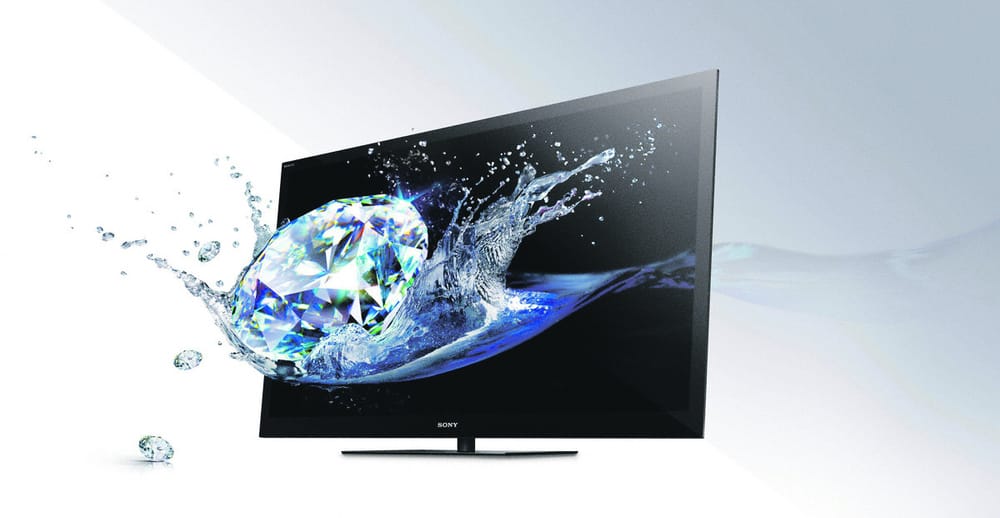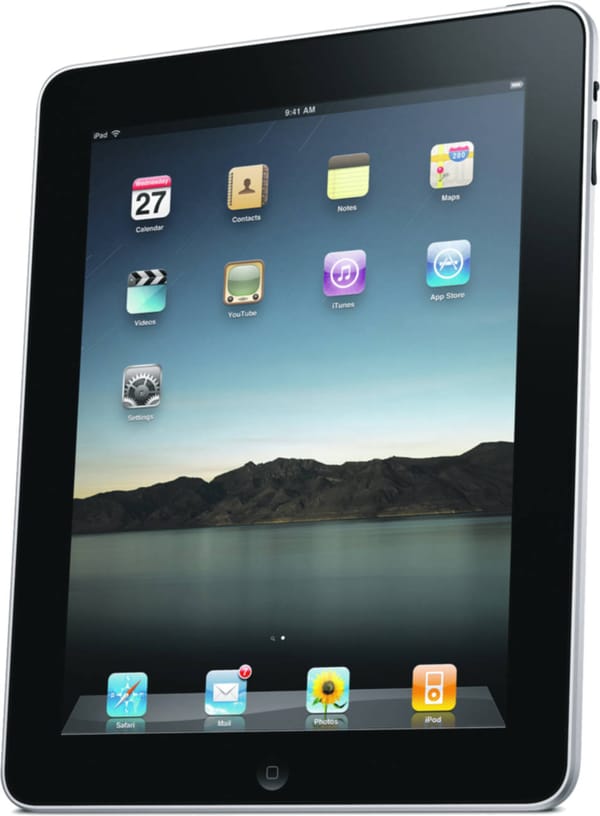Top tech to keep your eye on in 2011
Four products that are destined to make a big splash in the coming year

The Motorola Xoom
Motorola’s Xoom has been winning accolades from far and wide after it’s launch at CES. Boasting a feature set that puts Apple’s iPad in the shade, the tablet is a sure sign that tablet manufacturers are no longer looking towards Cupertino for inspiration.
In the processing department, the Xoom (pronounced ‘Zoom’) packs a hefty dual core processor from NVidia, while it also boasts a crisp 1280 x 800 resolution on a screen that’s slightly larger than the iPad’s. In terms of multimedia features as well, the Xoom outdoes the iPad, coming in with two cameras: a front facing 2 MP camera for conferencing and a 5 MP for better quality photos.
Even more interesting is the promise of Android’s tablet-oriented incarnation, Honeycomb, on the device. It’s this combination of leading hardware and software that’s leading people to call it the next ‘iPad killer’, a mighty title for a product yet to have a price or launch date.
Glasses-free 3D TV
3D was a big theme at last year’s CES, as major players in the television market attempted to convince consumers that 3D should enter the home in 2010. One of the biggest stumbling blocks of any such attempt, however, was the fact that most forms of 3D hawked in Vegas last year depended on bulky, historically unpopular 3D glasses; a requirement that put off most consumers.
This year, manufacturers are going one step further and removing this age-old barrier to 3D. LG, Sony and Toshiba were all out at CES with 3D displays sans glasses, but the conspicuous absence of any commercial release dates for these next generation products is a clear indicator that they are nowhere near production ready.
With 3DTV not making the sort of market inroads the big firms would have liked, glasses-free 3D might be the tonic that the industry needs, but the consumer has spoken - the burden of proof lies squarely with the manufacturers.
Slider Tablets
New form factors are rare in technology, but in the rapidly growing tablet market there’s still huge potential for innovation.
Both Samsung and Asus brought out slider-tablets, ultra-thin screens backed with a QWERTY keyboard. While build quality is probably going to be the biggest deciding factor in the success of these devices, the form factor will probably prove very popular with those people who have stayed away from tablets due to the difficulty of getting any real productive work done on them.
With other manufacturers perfecting the docking tablet form factor, it remains to be seen whether customers really want to be burdened with lugging a keyboard around at all times. Weighing in at nearly a kilo, for example, Samsung’s device might be competitive in the netbook class, but is significantly heavier than any competing pure tablet, a burden when you just want to watch a film on the way home from work.
The Motorola Atrix 4G
Motorola continued in the vein of its recent revival, with its Atrix 4G attracting high praise by those who saw it at CES. On the face of it, the Atrix is just another high-end Android smartphone - running NVidia’s Tegra 2 chip and sporting a crisp 960 x 540 display that gives most other phones in the category a run for their money.
But what really stands out about the Atrix isn’t the phone itself, but the accessories that Motorola is promising to offer with it: a HD Media dock and a laptop dock. The HD Media dock will allow you to plug your phone’s display into a television or attach a USB mouse/keyboard to it and use it as a media hub.
The laptop dock is where the innovation takes place - a laptop shell that you can slide your phone into (much like a NES cartridge), that turns your phone into a full PC running Android, almost perfect if you’re in the market for a phone but need the versatility of a netbook on the side.








